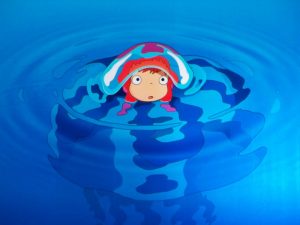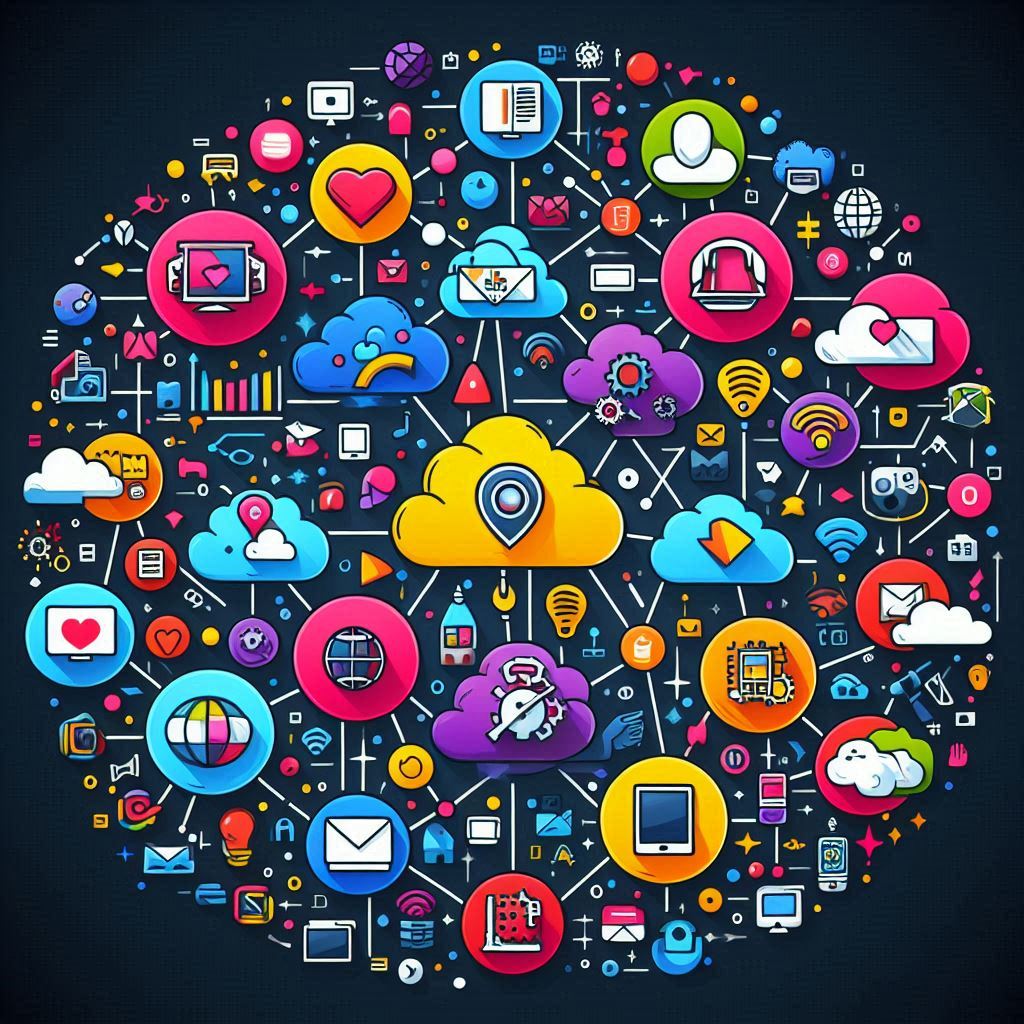Although we endlessly hype AGIs as one unique system, Satyen K. Bordoloi argues that it might be achieved by connecting different AMIs—advanced Machine Intelligences—using APIs.
“We shouldn’t be threatened by machines that are smarter than us. We need systems that resemble human intelligence or advanced machine intelligence (AMI). Human intelligence is not general at all,” Yann LeCun, Meta’s Chief AI Scientist, said when he was in India recently.
Since the arrival of ChatGPT, the buzz in the AI community has been about AGI—Artificial General Intelligence—AI systems that will magically do everything we want. LeCun asking for a change in terminology is a radical departure from the snake oil salesman-style hype propagated using the term AGI, as well as the doomsdayism it inspires.
I suspect this could also be the path to creating AGI in an entirely new way.
AGI OR MAGIC:
The term Artificial General Intelligence, or AGI, suggests a type of intelligence that mimics human cognitive abilities across a variety of tasks, embodying a universal problem-solving capacity. While intriguing and attention-grabbing, this concept is misleading and borders on science fiction rather than fact. Firstly, human cognitive abilities and human intelligence—like LeCun says—are not ‘general’ at all. What you can do, I can’t, and vice versa. Each of us excels in certain areas while relying on tools, education, and collaboration to compensate for our limitations in others.

There is thus no standard for cognitive abilities this AGI is supposed to mimic. And no single AI can copy the capabilities of every person on the planet, no matter how resource-intensive we make it. Such capability is just fiction. Hence, this notion of AGI is not only setting an unrealistic and potentially intimidating standard but also creating unnecessary fear and misunderstanding among those inclined to fear technology, the openly or closeted Luddites.
ADAPTIVE MACHINE INTELLIGENCE:
The alternative term, Adaptive Machine Intelligence, or AMI, proposed by LeCun and others, emphasises adaptability and specialisation. AMI acknowledges that AI systems are designed to learn from interactions and experiences, evolving to perform better in specific tasks or adapt to new environments. This is a more accurate and achievable goal for AI development. Instead of struggling to create an AI that can do everything, we should focus on developing systems that excel and adapt inside particular domains, thus providing practical benefits and enhancing human capabilities.
In this context, the concept of AMI shifts the narrative from competition to collaboration. Rather than fearing machines that might surpass human intelligence, we can embrace AI systems that complement and enhance our abilities by adapting and learning what we want. AMI systems are meant to work alongside humans, providing support in areas where we excel and adapting to challenges as they arise. This collaborative approach fosters innovation and reduces the anxiety associated with the concept of AGI.

HOW AMI IS DIFFERENT FROM NARROW AI:
But isn’t what one describes AMI should do, already what narrow AI does, a discerning reader can ask. The simple answer is a complex no. Narrow AI, also known as weak AI, is designed to perform specific tasks within a limited scope. Take the map applications on our smartphones. These systems are programmed to provide directions, suggest routes based on traffic conditions, and estimate travel times. These systems excel in their designated roles by analysing vast amounts of geospatial data and real-time traffic updates to offer optimised navigation solutions. However, their capabilities are confined to these specific functions. They cannot adapt to unrelated tasks or learn new skills outside their programming, making their utility very task-specific, hence the term narrow or weak to describe them.
In contrast, AMI represents a more advanced and versatile form of artificial intelligence. Since AMI systems are designed to learn from new data and experiences, it can adapt to a wide range of tasks and environments. Your navigation app as an AMI will not only provide navigation like the narrow AI in map apps but also learn your daily routines, predict future destinations, and integrate seamlessly with other smart devices to optimise energy usage or suggest personalised travel itineraries. This adaptability and continuous learning ability make AMI significantly more powerful, as it can handle complex, dynamic scenarios and improve its performance over time without needing explicit reprogramming for each new task.

CAN AGI EMERGE FROM AMI:
Machine Learning (ML) is the ability of an AI system to learn and improve as the system operates. ML algorithms learn from data and interactions these systems have with us and thus better their performance and output over time. Deep Learning (DL) is a type of ML that uses neural networks with many layers to analyse and interpret complex data. These—ML, DL, and basic neural networks—are the secret of AMI. By allowing AI systems to process large amounts of data quickly, they make decisions based on patterns and insights that humans might miss because of our limited ability to store and access data. Thus, by focusing on developing advanced machine intelligence within specific domains rather than in general, we can harness the true power of AI to create more efficient and effective AI applications. From these AMIs, what we today call an AGI can emerge—not in a way suggested now, but via something everyone knows as API—Application Programming Interface.
An API is a set of rules and protocols that allows different software and AI applications to communicate with each other. Think of it as a bridge that enables different systems to interact and share data seamlessly. Take your phone’s navigation app. It uses APIs to access real-time traffic data from various sources, such as traffic sensors and satellite images. This data is then integrated into the app to provide the best route and estimated travel time.

APIs can connect different AI systems, acting as intermediaries that allow these systems to share data and functionality, enabling seamless cooperation. Beyond this, an API system can be designed to manage and control other AI systems on a device, serving as a central hub that coordinates actions and data flow among various AI components. Its role is to ensure that all systems function harmoniously, share relevant information, and execute tasks efficiently, leading to sophisticated and integrated solutions where multiple AI systems collaborate to deliver superior performance and outcomes. This interconnection of different AMIs can potentially pave the way for AGI.
Think of it like A human body, where different organs or parts —heart, kidneys, lungs, hands, eyes etc.—perform their functions independently but are connected and regulated by one organ: the brain. The organs function as individual AMIs connected via APIs, while the brain acts as a super-API, creating what we know as consciousness. Similarly, AGI could emerge by connecting different AMIs capable of doing various things with one specific AMI responsible for their coordination and regulation. Unlike the human body, where we can’t add extra organs, this brain-AMI would allow us to integrate additional AMIs as needed, functioning like a modular system.

Thus, we can consider creating AGI not as a single system to do everything, but as a grouping of different powerful systems that do specific things really well and can adapt to changes while also working together to give the illusion of an AGI.
LeCun said, “We need systems that resemble human intelligence.” Like the protein folding problem that would have taken hundreds of years but was solved in two by AI, we need such innovative systems to tackle our challenges. However, they can only be created using an open mind, and AGI hype—either by AI enthusiasts or doomsayers—is not the way. AMIs, flanked by APIs, just might be.
In case you missed:
- Rethinking AI Research: Shifting Focus Towards Human-Level Intelligence
- You’ll Never Guess What’s Inside NVIDIA’s Latest AI Breakthrough
- Bots to Robots: Google’s Quest to Give AI a Body (and Maybe a Sense of Humour)
- Collaboration, Complexity, & Innovation: Understanding Multi-Agent Systems
- OpenAI’s Secret Project Strawberry Points to Last AI Hurdle: Reasoning
- The Great Data Famine: How AI Ate the Internet (And What’s Next)
- AIoT Explained: The Intersection of AI and the Internet of Things
- Copy Of A Copy: Content Generated By AI, Threat To AI Itself
- The Rise of Personal AI Assistants: Jarvis to ‘Agent Smith’
- Google’s Willow Quantum Chip: Separating Reality from Hype










2 Comments
Bear in mind the origins of the term ‘AGI’ — the intent was to buck the trend away from “narrow AI” which was only good for a specialized domain and probably one mode like you mention. That’s all it would do. If you wanted another AI app you had to start over, hence narrow. The hope was that the same foundation could be used for other apps. That’s what they meant originally, basically, that and the designs tended to look more like some variation of human cognition. See NARS and all of Goertzel’s work (the people in the headlines now weren’t really preaching AGI in the 2005 era when it really started). I don’t think the term AGI really meant magic that could do anything. It was mostly about “not narrow” which is like the goal you envision.
You’re right Mike. That’s why the analogy of the limbs and organs of the human body.
One of the many theories about how consciousness is formed is that it is a sort of ‘accident’ formed out of a need to regulate the rest of the systems in the body. Consciousness is likely part of the mind formed from the brain connected – like different systems using APIs – to other organs it regulates. Could an AGI or a AMI that comes close to AGI, be formed in a similar fashion by having it be like the brain is to the different organs in our body. To me it’s an interesting though I wanted to explore, hence this article.
Thanks again for you lovely comment, Mike.